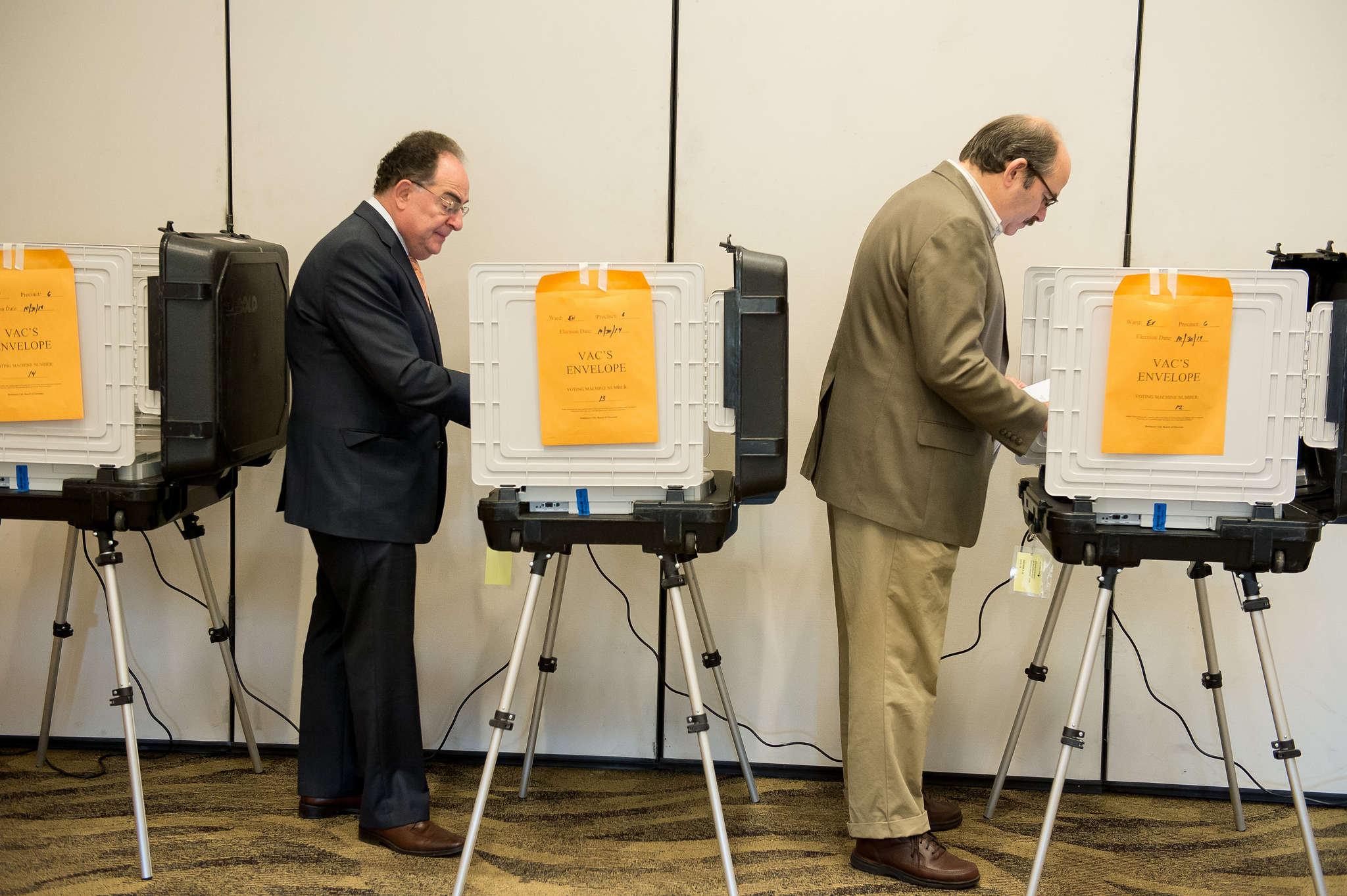The first thing a lot of people want to do today after seeing the results of the special election in Pennsylvania’s 18th Congressional District last night is to use the result to justify their preexisting theories for why Hillary Clinton lost the election in 2016. I’d be wary of listening to these folks. It’s better to test your theories than to bend everything to fit them.
Let’s start by looking at the county-by-county results. The following chart comes from Daily Kos Elections and provides the Clinton/Trump numbers along with what Lamb needed last night to win.
| COUNTY | % OF 2016 VOTE | 2016 RESULTS (D/R) | WHAT LAMB NEEDS TO WIN |
|---|---|---|---|
| DISTRICTWIDE | 100 | 39/58 | 49/48 |
| ALLEGHENY | 43 | 46/50 | 56/40 |
| WESTMORELAND | 33 | 31/65 | 41/55 |
| WASHINGTON | 22 | 35/61 | 45/51 |
| GREENE | 2 | 27/70 | 37/60 |
The actual results were:
DISTRICTWIDE: 49.86/49.54
ALLEGHENY: 57/42
WESTMORELAND: 42/57
WASHINGTON: 46/53
GREENE: 42/58
The third party vote was lower than the Daily Kos folks expected. The Libertarian Drew Miller received 1,379 votes, or just 0.6 percent of the total. As a result, Saccone exceeded his benchmark percentage for victory in three of the four counties but still lost. This was because Conor Lamb did better than his benchmarks in all four counties, including the most populous, Allegheny County.
According to a snap exit poll taken by Public Policy Polling, 42 percent of the electorate last night reported having voted for Hillary Clinton in 2016. She actually received only 39 percent in this district, so there was a three percent improvement in turnout of Clinton voters. Lamb, however won 49.86 percent of the vote, so there was an additional 7.86 percent of non-Clinton voters in his tally. Some of these people did not vote in 2016. Some voted for a third-party candidate. Most of them voted for Trump.
This is just data from a snap poll and not necessarily perfectly accurate, but it roughly describes a victory for Lamb based on 30 percent Democratic enthusiasm/Republican depression and 70 percent persuasion. Remember this when you see people argue that no Trump voters were convinced to cast a vote for Lamb.
The only voter I talked to yesterday who voted one party for president in ’16 and another in PA-18 yesterday went Clinton-Saccone. All others voted for same party or hadn’t voted in ’16.
— Jonathan Allen (@jonallendc) March 14, 2018
Another indicator is from the actual election results we looked at above. If we look at the net (+/-) numbers for the benchmarks in each of the four counties, we can see an outlier.
ALLEGHENY: Actual: 57/42 Benchmark: 56/42 Net: Lamb +1
WESTMORELAND: Actual: 42/57 Benchmark: 41/55 Net: Saccone +1
WASHINGTON: Actual: 46/53 Benchmark: 45/51 Net: Saccone +1
GREENE: Actual: 42/58 Benchmark: 37/60 Net: Lamb +7
Greene County is the most rural, least populous (by a wide margin) and most Trumpy of the four counties. But this is where Lamb over-performed the most. It’s also a county that gave 50 percent of its votes to Barack Obama in 2008. John McCain carried the county by a mere 60 votes. Hillary Clinton got 29 percent of the vote there (and only 27 in the 18th District portions of it).
This is strong evidence that a lot of Obama/Trump voters came home last night to the Democratic Party in Greene County. Given the closeness of the election, this may have been the decisive factor.
I’ve never discounted racism and misogyny as key factors in Trump’s victory in Pennsylvania, but I have argued that these voters were not irretrievably lost to the Democrats. I’ve argued for both moral and practical reasons that their votes and support needed to be courted. Lamb tested out my theory in this campaign, and he didn’t do it by pandering or catering to their prejudices and bigotry. This, too, is what I recommend and said was possible.
This election has been over-hyped, to put it mildly. Conor Lamb will probably seek a different district when he runs for reelection in the fall because this one will be too Republican for him to win. But Lamb showed how to dramatically improve Democratic performance with rural voters without selling out liberal values on key social issues. And this is the key to the Democratic Party reclaiming its place as the dominant party in this country on both the state and the national level.



